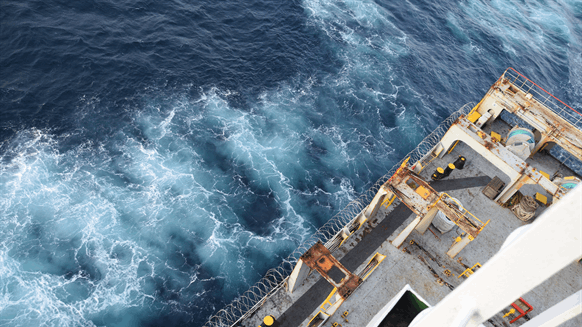The offshore region – an area beyond a port and its anchorage – that experienced the most maritime crimes in 2023 is the Straits of Malacca and Singapore (SOMS).
That’s what Dryad global analyst Noah Trowbridge told Rigzone, adding that this narrow maritime region bordering the coasts of Indonesia, Malaysia and Singapore has seen 58 reported incidents in 2023, “the highest of any offshore region”.
“These incidents usually involve small groups of armed attackers boarding ships under cover of darkness to steal spare parts and possessions from the crew,” Trowbridge said.
When asked why this region was experiencing the highest maritime crime, the Dryad Global analyst noted that there are geographic and economic explanations for maritime crime in the SOMS.
“Firstly, the local geography is ideal for the persistence of maritime crimes of this nature,” Trowbridge said.
“The SOMS are a key gateway for global trade, connecting East Asia with Europe, the Middle East and Africa, which account for more than 100,000 ships transiting the region each year. This high volume of potential targets increases the opportunity of attacks,” he added.
“Furthermore, the narrow archipelagic geography of SOMS allows attackers aboard small fishing vessels or speedboats to launch attacks from nearby islands. This means that the capability threshold for maritime crime on the high seas is significantly higher lower than in other places such as the Gulf of Guinea, where attacks on the high seas are more logistically demanding,” he continued.
Trowbridge also stated that the persistence of poor living conditions and lack of employment opportunities for populations living along the SOMS suggests that maritime crime stands out as a means for people to make a living.
“Such poor economic conditions ensure that the intent of potential attackers remains high,” he said.
“Like most threats to maritime security, as long as these factors of opportunity, capability and intent are not effectively addressed, maritime crime is likely to persist,” he added.
When asked if oil and gas tankers are affected by maritime crime in this region, Trowbridge stressed that these types of vessels are not exempt from maritime crime in SOMS.
“In fact, the lower limits of tankers means they tend to be more vulnerable to boarding by armed attackers,” he told Rigzone.
“Of the 55 incidents reported by the ReCAAP (Regional Cooperation Agreement to Combat Piracy and Armed Robbery Against Ships in Asia) in 2022, 75 percent targeted bulk carriers and oil and gas carriers,” he added .
In an annual report released earlier this year, Dryad Global noted that, in 2022, Southeast Asia continued to face a number of unique maritime security concerns.
“The Straits of Malacca and Singapore and the Philippines experienced a high frequency of low-level maritime crime,” the report states.
“Geopolitical instability persisted in the South China Sea due to territorial disputes, with China’s assertive actions exacerbating tensions. In addition, the potential for conflict in the Taiwan Strait threatened commercial maritime activity,” he added.
“Regional governments and international organizations prioritized cooperation and capacity building to address these challenges, focusing on enhanced patrols, information sharing and joint exercises,” he continued.
“Efforts were made to promote a rules-based order, freedom of navigation and adherence to international law for stability in the region’s maritime domain,” the report added.
On its site, Dryad Global notes that about a quarter of all oil transported by sea – more than 15 million barrels per day – passes through the Straits of Malacca and notes that several countries in Northeast Asia, including China and Japan, are highly dependent on oil imports passing through the area.
Dryad Global is a maritime risk intelligence company. The company publishes a weekly maritime security threat advisory in addition to providing other maritime security and risk advisory services.
To contact the author, please send an email andreas.exarcheas@rigzone.com


